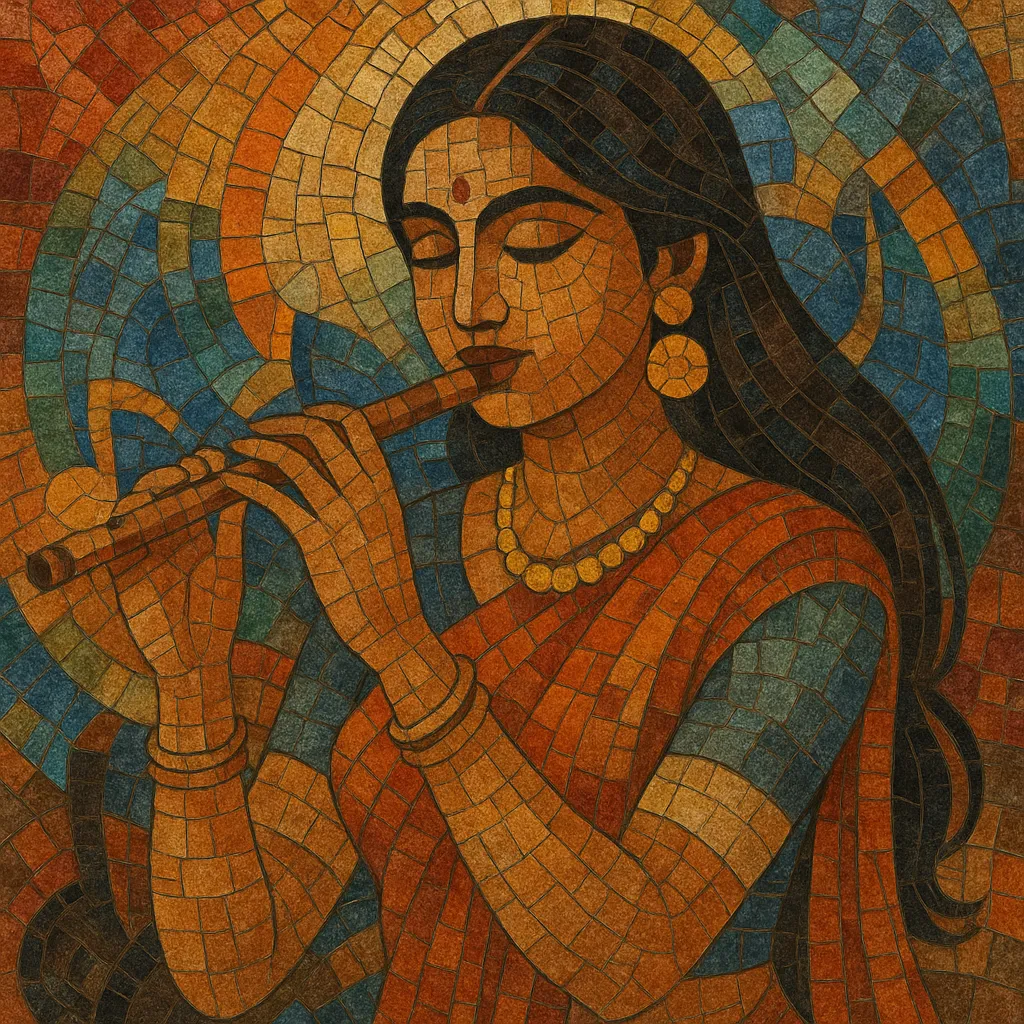Mollywood is the umbrella term for Malayalam‑language film music from Kerala, India. It blends Indian classical traditions, regional folk idioms, and global popular styles into songs designed for cinema narratives.
Classic Mollywood songs draw heavily on Carnatic and Hindustani melodic frameworks (ragas), while also absorbing Kerala folk colors such as devotional and mappila song aesthetics. From the late 20th century onward, arrangers added Western harmony, orchestration, and later electronic production, yielding lush string sections, expressive woodwinds and flutes, and contemporary rhythm sections.
Lyrically, Mollywood emphasizes poetic Malayalam—romance, devotion, nature, social reflection—and strong melody-centric writing. The genre is renowned for virtuosic vocal performances and memorable tunes that serve both on-screen storytelling and standalone listening.
Malayalam talkies such as Balan (1938) ushered in film songs that adapted stage and devotional traditions to cinema. Early composers borrowed from Carnatic and Hindustani forms, and from pan‑Indian filmi conventions, establishing a melody‑first ethos and poetic Malayalam lyricism.
This period forged the signature Mollywood sound. Composers like G. Devarajan, M. S. Baburaj, Raveendran, and Johnson created enduring melodies, integrating raga grammar with accessible orchestration. Playback greats—especially K. J. Yesudas, S. Janaki, and K. S. Chithra—defined the vocal ideal. Rich string writing, flute and violin leads, and tabla/mridangam grooves became hallmarks.
Digital recording, synthesizers, and pop/rock elements entered mainstream soundtracks. Influences flowed across South Indian industries, with composers such as Ilaiyaraaja and later Vidyasagar contributing extensively. Arrangements mixed Western harmony, chorus lines, and electronic textures while preserving raga‑based melodies.
Composers including Gopi Sundar, Shaan Rahman, Bijibal, and Sushin Shyam popularized sleek production, hook‑driven writing, and genre fusions (EDM, indie pop, gospel/soul colors). Viral singles, background scores with ambient/electronic palettes, and boutique live orchestration coexist, keeping Mollywood both tradition‑aware and contemporary.


